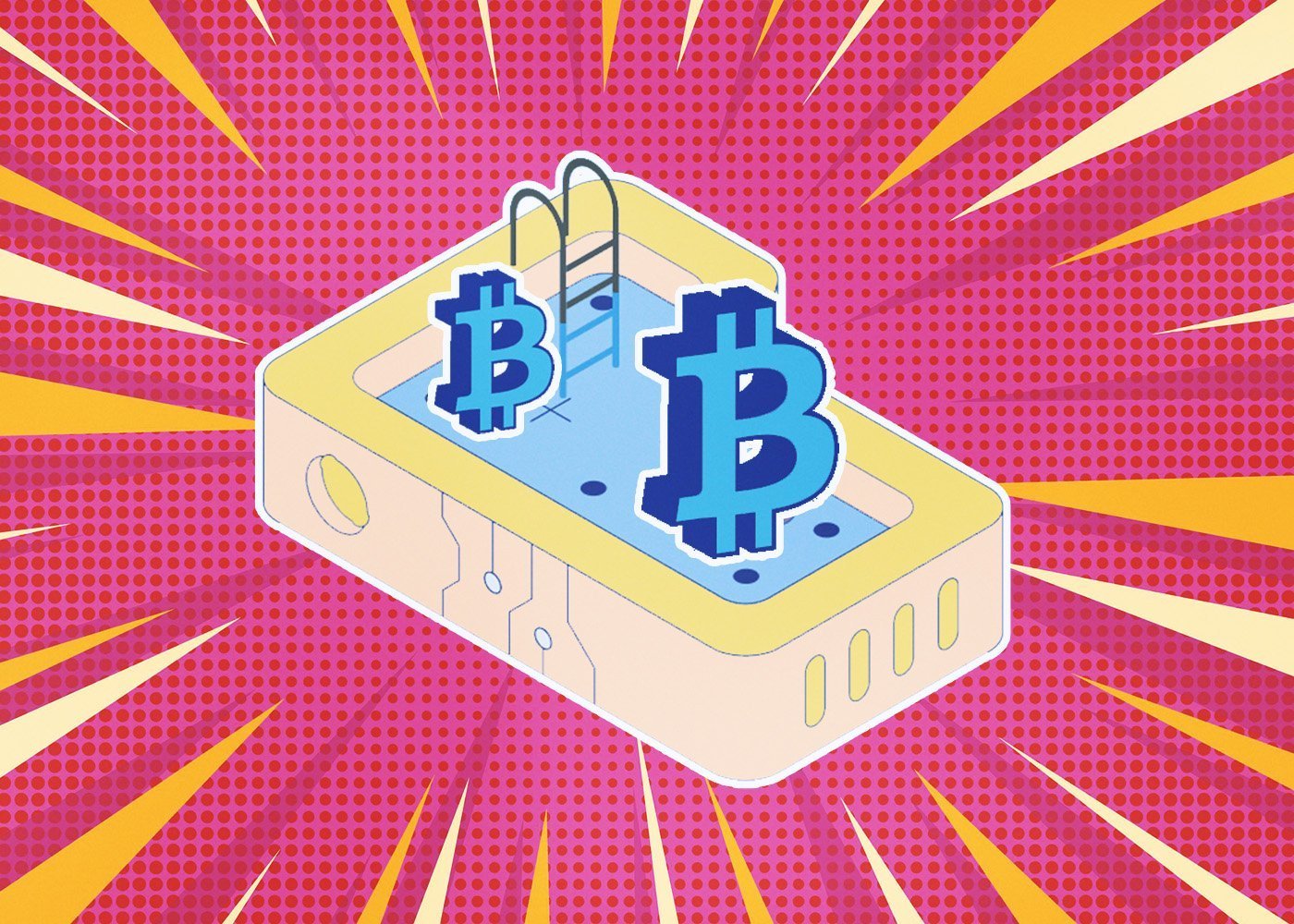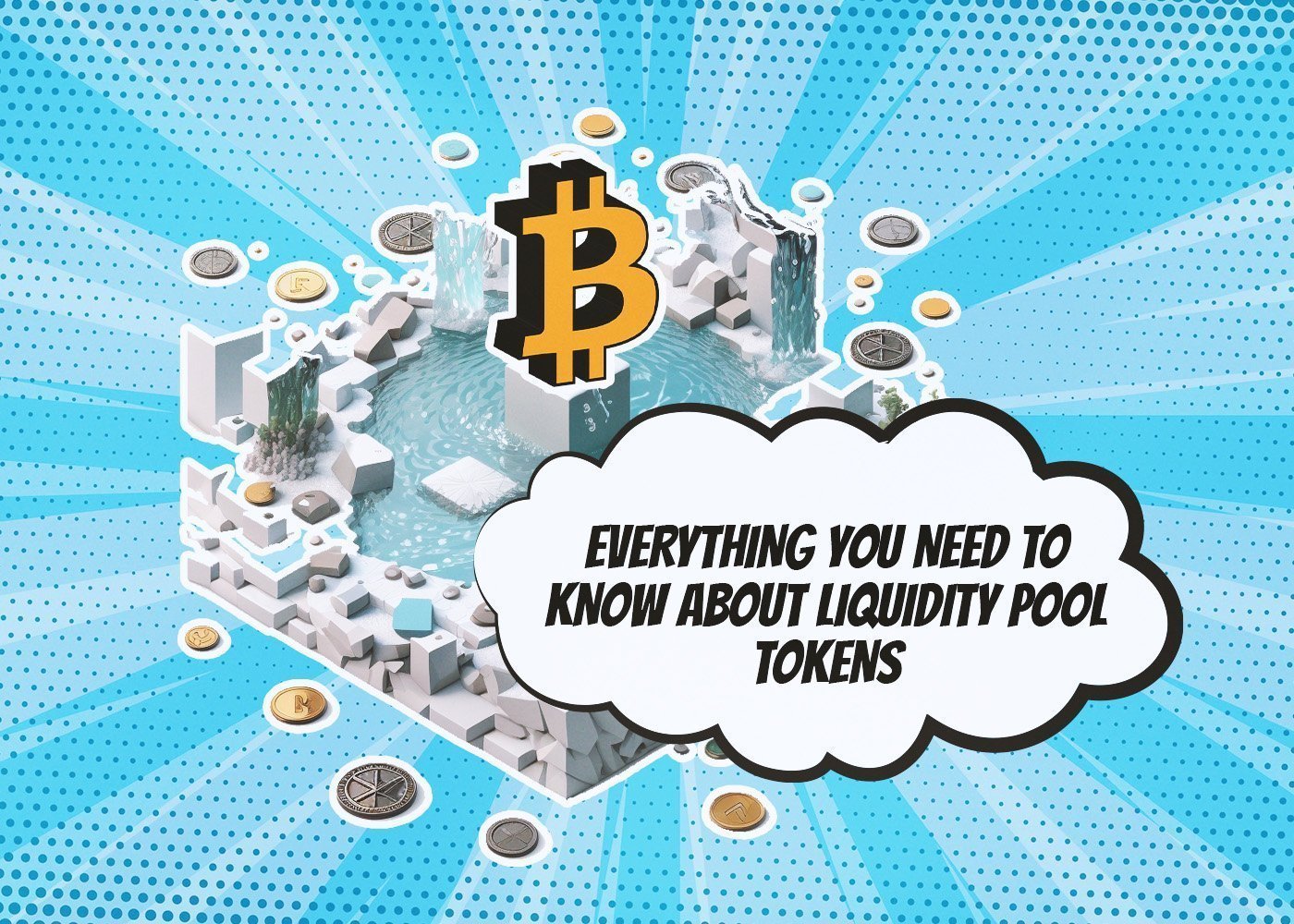Although most DeFi users are familiar with liquidity pools, liquidity pool tokens (LP tokens) could be seen as an afterthought. But these cryptocurrency assets have their own applications and uses apart from providing liquidity for a pool. There may still be risks involved in using your LP tokens beyond just pooling them together; however, there are various approaches to unlock greater worth from these one-of-a-kind resources.
What Do We Mean By Providing Liquidity?
When broken down to its core, liquidity is simply the capacity to trade an asset with no major adverse impact on its cost. Bitcoin (BTC), for example, has remarkable liquidity; you can exchange it across numerous exchanges in whatever amount without significantly affecting its price. Not all tokens are as lucky, though, and have this same level of fluidity.
Decentralized finance (DeFi) and smaller projects often have low liquidity, making it difficult to find buyers or sellers to match your order. The solution? A liquidity pool tokens model – also known as “liquidity mining” – can help make trading smoother. With these pools, the coin will be available on multiple exchanges for more efficient buying and selling of said token!
Liquidity pools comprise two assets that users can exchange. This eliminates the need for market makers, takers, or even an order book; the ratio of tokens in this pool decides the cost. People who commit their tokens to facilitate trading are known as liquidity providers and take a small commission from those swapping with their coins. By donating your resources to markets, you provide liquidity via DeFi liquidations pools with liquidity pool tokens! It’s important to remember that even if there is a liquidity pool for an asset pair, it does not mean the volume is high. Nevertheless, you can always carry out trades using this pool without needing someone else to match your instructions.
How Do Liquidity Pool Tokens Work?
Once you deposit a pair of tokens into the liquidity pool, you will obtain LP tokens as proof. These “receipts” signify your portion in the pool and permit you to regain access to both your deposit and any earnings associated with it. As such, safeguarding your LP tokens is necessary for ensuring that part of your deposits remains secure – if they become misplaced or lost, then there go all of those profits!
Your Liquidity Pool (LP) tokens can be located in the wallet you used when first providing liquidity. Remember, to view them in your crypto wallet, you may need to add their smart contract address. It’s common that liquidity pool tokens from DeFi services are transferable between wallets and subsequently give ownership of said token as well. However, make sure to double-check with the service provider before transferring any tokens – some transfers could lead to a permanent loss of provided liquidity!
Earning Liquidity Pool Tokens
If you want to receive LP tokens, there’s no better way than utilizing a DeFi DApp such as PancakeSwap or Uniswap and becoming a liquidity provider. This system is widespread across multiple blockchains, DeFi platforms, AMMs, and DEXs alike. However, if you opt for the centralized finance (CeFi) route on an exchange, it probably won’t grant any of these tokens – those will be stored in custody by the custodian service provider instead.
When providing liquidity in PancakeSwap, your LP token typically takes on the name of the two tokens provided. For example, when you supply both CAKE and BNB in a pool, you will receive a BEP-20 token called “CAKE-BNB LP.” On Ethereum platforms, this type of token is usually an ERC-20 Token.

So, What Can We Do With These Liquidity Pool Tokens?
Liquidity pool tokens act as proof of receipt, but you can do more with them than that. In the Decentralized Finance (DeFi) ecosystem, you can use your assets across multiple platforms and construct services like lego bricks!
Transfer of Value
LP tokens are incredibly useful for transferring ownership of associated liquidity. While some LP tokens may be bound to distinct wallet addresses, many allow free transfer of the tokens – think BNB-wBNB LP token exchange! However, determining exactly how many staked tokens come with your token can prove difficult without help. That’s where DeFi calculators come in handy; they’ll do all the work for you so that you have an exact number right away!
Loan Collateral
If you possess LP tokens that provide ownership of an underlying asset, then there is a great opportunity for you to use them as collateral. For instance, certain crypto loan platforms allow users to offer liquidity pool tokens alongside BNB, ETH, or BTC when requesting a loan, and typically those loans are overcollateralized with stablecoins or other high market cap assets. However, should the borrower fail to maintain their required collateral ratio, then the lender can seize control of your LP token’s underlying assets and liquidate them accordingly.
Earning Yields
LP tokens are often deposited into a yield compounder, otherwise known as a yield farm. This service will take your LP tokens, collect their rewards and purchase more of the token pair before staking them back in the liquidity pool for compounding interest. Through this process, you can generate greater returns than if done manually; transaction fees can be shared across multiple users, and strategies may allow for compounding several times each day!
Do Liquidity Pool Tokens Have Risks?
LP tokens come with their own set of risks that you should be aware of. If your token is lost or stolen, the liquidity pool associated with them will vanish, and so will any interest accrued. Moreover, if the contracts associated with a liquidity pool don’t function correctly, your LP tokens won’t be able to return your funds. This is also true for yield farms and loan providers who might have similar issues when staking an LP token in them. It can often be difficult to determine what these tokens represent. Examining your liquidity pool tokens can be a difficult process since the prices may vary, which could result in an impermanent loss, plus accounting for interest rates. These potential uncertainties make it hard to come up with an effective decision about exiting from your liquidity activity. Additionally, when you offer up these tokens as liquidities, there is also opportunity risk: potentially missing out on investing them elsewhere or utilizing them somewhere else that would yield greater benefits.
Wrapping It Up
If you’re considering depositing your crypto tokens into a liquidity pool, think about if there are other ways to use those LP tokens. With DeFi protocols offering so many opportunities beyond the traditional “HODLing” strategy, it is important that you assess both your investment goals and risk tolerance before taking any further steps. Don’t miss out on utilizing this part of your investments by simply HODLing – take time to analyze all available options!



























































































![BitTorrent [New]](https://s2.coinmarketcap.com/static/img/coins/64x64/16086.png)

















